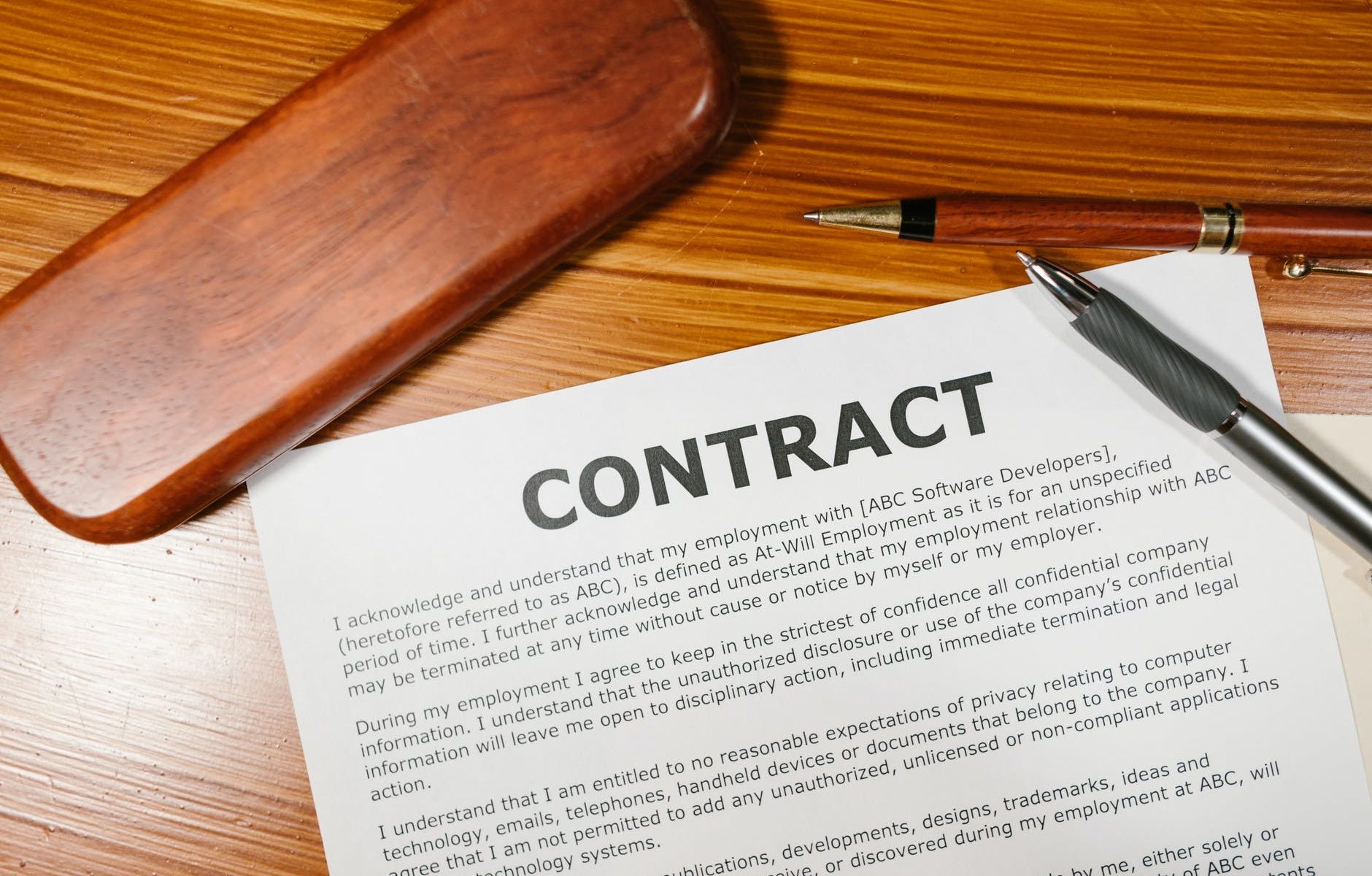“Getting started is the key to moving ahead. Breaking down big, intimidating jobs into tiny, achievable tasks and starting with the first one is the key to getting started.”
This quote’s source is unknown, however, humorist Mark Twain is often credited with coining the phrase.
It’s sound advice for companies facing the daunting task of complying with new lease accounting requirements IFRS 16 and ASC 842.
Collecting and combining lease data is the first stage in the process. This step’s manageability is determined by how well you and your team are prepared, as well as the resources you have in place to assist you.
New regulations
The first—and, in many ways, most important—step in the lease lifecycle is data collection. You may be aware of how difficult and time-consuming the procedure may be from personal experience.
Identification of assets; ownership rights; purchase possibilities; lease terms; payment method; residual values. These are just a few of the many pieces of information required to plan and report on lease data correctly. The new IFRS 16 and ASC 842 data collecting rules add more demands to the task.
The data scope under the new lease accounting rules has been altered for two key reasons:
Contracts with Embedded Leases – An embedded lease is a type of lease that is included in some contracts. This section of a contract identifies and controls the assets that are employed.
Contracts that were previously not accounted for as leases may now fulfil the revised lease definition and are required to be reported on balance sheets beginning in 2019.
Data on Assets – The addition of asset data on balance sheets is perhaps the most significant shift under the new standards. Organizations with operating leases could estimate lease commitments to meet reporting requirements. Not any longer. Individual assets are tracked for capitalization and amortization purposes under the new requirements.
Understanding the Need for Data
Your lease data collection and organization may seem a daunting task. First, you must determine the type of data that needs to be collected. An increase in accounting requirements can provide organizations with the opportunity to consolidate all of their data into one central system.
Data Consolidation and its Benefits,
- Streamlining accounting processes reduces operating costs
- Information collected and recorded uniformly provides more reliable data
- Access to all your assets in one place
Don’t expect your data to be consolidated overnight. A significant effort may be required. Although it requires a little more work upfront, the streamlined process and future cost savings make up one or two extra steps. There is no need for you to do it alone.
Supporting Technology using Acquired Data
It may seem overwhelming to consolidate data, but it consists of three tasks:
- Obtaining the lease documents
- Gathering the appropriate information
- Making sure the data is accurate
Simple enough, right? There is a high possibility of error with data collected from dozens, hundreds, or thousands of lease agreements. Moreover, the deadline is rapidly approaching for organizations to comply with the new IFRS 16 and ASC 842 regulations, which leaves virtually no room for error.
Final Thoughts
Technology plays a big part in all of this. Organizing important lease accounting data in one central location is now possible with new lease accounting solutions. Lease information can now be gathered and audited without having to dig through multiple spreadsheets.
Such solutions also guarantee that your data is accurate, so you can have a good start to your lease accounting process by centralizing your data in a lease accounting system.
But that’s just the working documents to report on tenancies and leases. What about the master data? The details of the lessees and their PII? If you’re dealing with regular consumers, you need to store and maintain their contact data. The data that you store and maintain needs to be in the best possible shape. Often a specialized system and a spreadsheet, in particular, don’t have all the necessary controls and hooks to ensure that the data is in the best possible shape.
This is where we believe that you can leverage the Pretectum Customer Master Data Management advantage. Pretectum CMDM’s modern cloud-based platform enables you to create a single source of truth regarding all your leaseholders. Further, if you choose to pin the lease identifiers to the leaseholder master, that’s your choice. When you define your leaseholder master record, Pretectum lets you decide just how much data you store centrally and more importantly, it allows you to decide who you share it with and how.
Contact us today and find out how you can drive your Customer Master Data Management to new heights with the Pretectum CMDM


